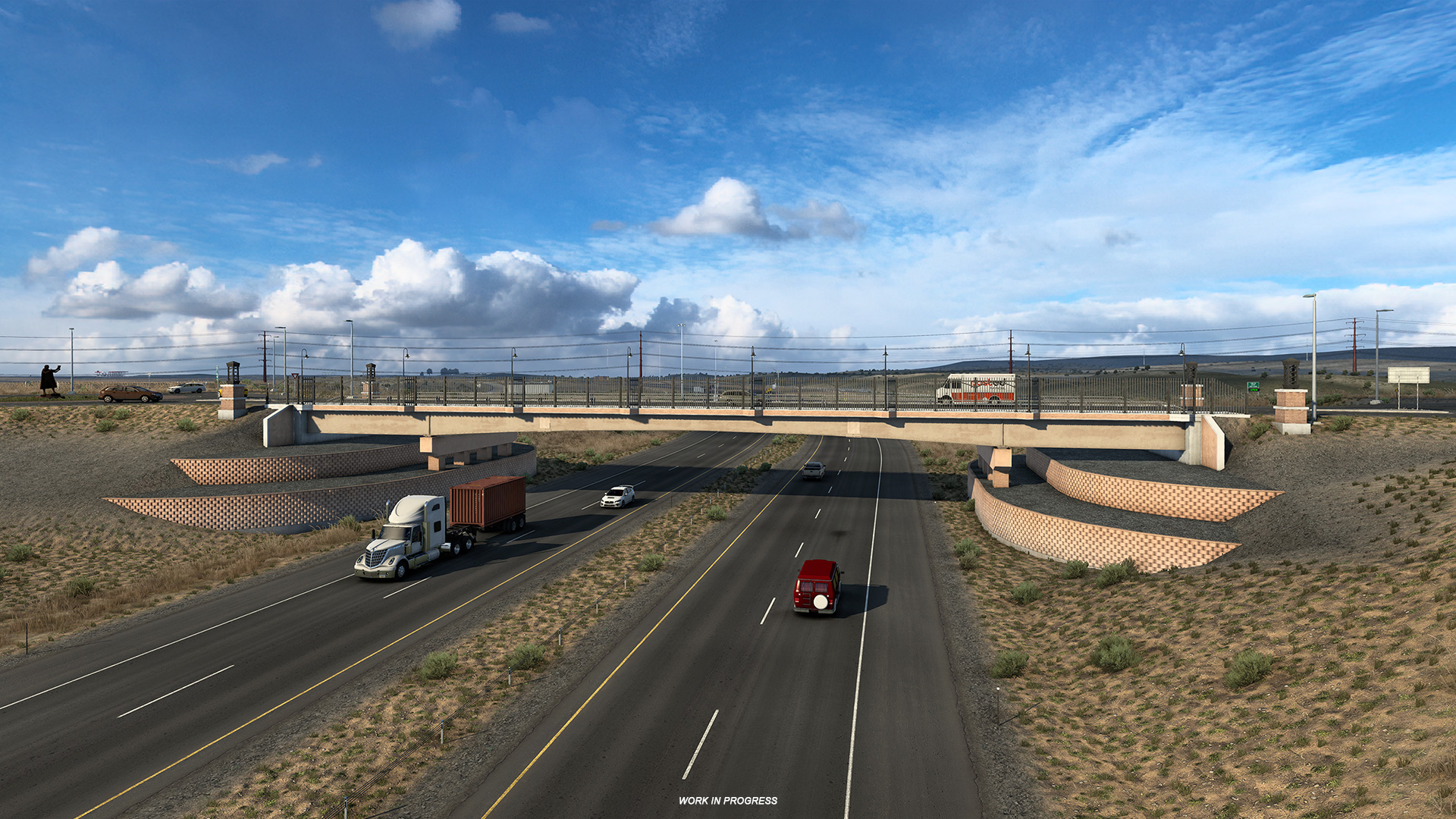What if road construction didn’t fight the land, but followed it instead? In Wyoming, that question has shaped a quiet but important shift in how transportation infrastructure is planned and built. From mountain passes to open rangelands, roads are increasingly designed to fit the natural contours of the environment rather than forcing the land into submission.
This approach improves long-term durability, reduces maintenance, supports wildlife conservation, and respects both the geography and the communities that depend on these roads every day.
The Geography of Wyoming: Natural Challenges and Unique Opportunities
Wyoming’s landscape is anything but uniform. The state spans vast high plains, rugged mountain ranges, deep river valleys, and desert basins. Elevation changes, shifting soils, and wind-swept corridors all create complex challenges for road construction.
Road planners must account for snowpack levels in the western mountains, potential flooding in low-lying basins, and landslide risks in hilly terrain. Each area presents different risks and requires distinct engineering strategies.
This variability pushes infrastructure teams to be adaptive rather than force a one-size-fits-all model. Instead of building roads that attempt to override the natural terrain, many of Wyoming’s newer and rehabilitated routes are shaped by the land itself.
By working with the environment rather than against it, the state reduces long-term maintenance costs and improves travel safety. The result is infrastructure that aligns with both the character and the constraints of the region.
Designing Roads with the Terrain in Mind
When engineers design roads in Wyoming, they often follow the natural contours of the land to enhance both safety and durability. Roads that wind through canyons or trace along hillsides reduce the risk of sudden elevation changes, landslides, or erosion-related failures.
These features make driving conditions more predictable, especially in areas prone to snow, ice, or heavy winds. Safer designs mean fewer serious incidents, something any local Wyoming car accident attorney would agree is a step in the right direction.
This terrain-focused approach also minimizes excessive grading or excavation, which can destabilize slopes and lead to drainage issues. Preserving the land’s natural form helps maintain consistent runoff paths and reduces the likelihood of road washouts. Combined with proper materials and slope design, this strategy results in roads that last longer and offer safer travel across Wyoming’s remote and rugged regions.
Climate-Responsive Infrastructure
Wyoming’s weather is unpredictable and often severe. Roads in the state must withstand extreme cold, heavy snowfall, strong winds, and rapid freeze-thaw cycles.
To deal with these conditions, infrastructure includes features like strategically placed snow fences, elevated roadbeds to allow drainage, and curves designed to reduce wind exposure. These adaptations not only improve road longevity but also reduce maintenance and accident risk during winter months.
Water management is another priority. Spring snowmelt can flood roads and destabilize slopes, especially in mountainous areas. Engineers often incorporate drainage channels, culverts, and slope stabilization systems into road designs.
In regions with sandy or shifting soils, deep foundations and flexible pavement materials help prevent buckling or washouts. These climate-specific measures are essential for ensuring year-round accessibility and public safety.
Wildlife-Friendly Road Solutions
Wyoming’s open spaces are home to large populations of deer, elk, moose, and pronghorn, many of which migrate seasonally across established routes. Traditional roads often cut through these paths, leading to high collision rates and dangerous driving conditions.
To address this, Wyoming has made significant strides in integrating wildlife corridors into road projects. These include underpasses, overpasses, and fencing systems designed to guide animals safely across.
These wildlife-friendly features aren’t just good for animals. They improve safety for drivers and reduce costly collisions. Research shows that well-placed crossing structures significantly reduce wildlife-related crashes.
They also help maintain ecosystem connectivity, allowing animal populations to move freely without being cut off by expanding infrastructure. By taking wildlife into account, Wyoming sets an example of how to merge transportation planning with environmental stewardship.
Embracing Innovation Without Overdevelopment
Wyoming’s road planners increasingly use advanced tools to gather data and guide smarter decisions. Aerial mapping, remote sensors, and geographic information systems help teams assess topography, soil stability, and weather risks with precision.
These technologies reduce guesswork and allow for more informed designs that align with the natural environment. However, Wyoming tends to apply innovation with a practical mindset. Not every project needs cutting-edge solutions if a simple, terrain-respecting design will suffice.
Importantly, the state resists the urge to overbuild in areas that don’t demand heavy infrastructure. In rural or remote regions, roads are often designed for lighter traffic volumes, using materials and structures suited for the setting.
This prevents environmental overreach and limits unnecessary costs. In a place where vast open spaces define the character of the land, minimalism can be a strength rather than a shortcoming.
Resilient Roads in a Changing Environment
With shifting weather patterns and growing tourism, Wyoming faces new pressures on its transportation network. More visitors mean more vehicles on roads that weren’t originally designed for high volumes, especially in scenic areas.
To stay ahead, the state is prioritizing upgrades that increase resilience without compromising natural beauty. This includes reinforcing roadbeds, widening shoulders where necessary, and expanding seasonal maintenance strategies.
At the same time, long-term planning aims to protect what makes Wyoming unique. Instead of sprawling networks, the focus is on strategic connectivity, ensuring that key routes remain safe, open, and environmentally sound.
Future road development will likely continue to evolve with the land, not against it. That balance between function and preservation is what sets Wyoming apart and may serve as a model for other states facing similar challenges.
Conclusion
Wyoming’s roads demonstrate that infrastructure can be both resilient and respectful. By working with the terrain instead of altering it, the state has built transportation systems that align with environmental realities and rural needs.
This model reduces costs, enhances safety, and preserves the integrity of the land. As more regions face the pressures of climate change and population shifts, Wyoming’s approach offers a valuable example of how infrastructure can evolve without compromising what makes a place unique.

